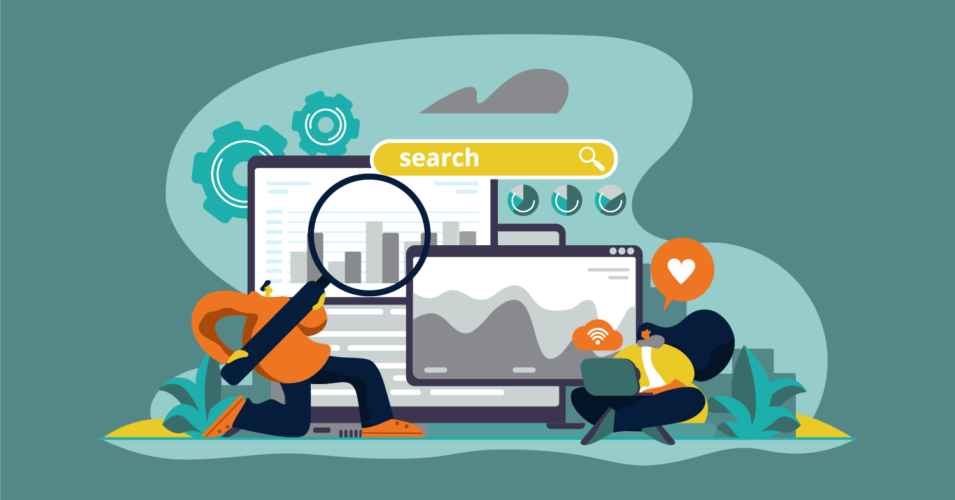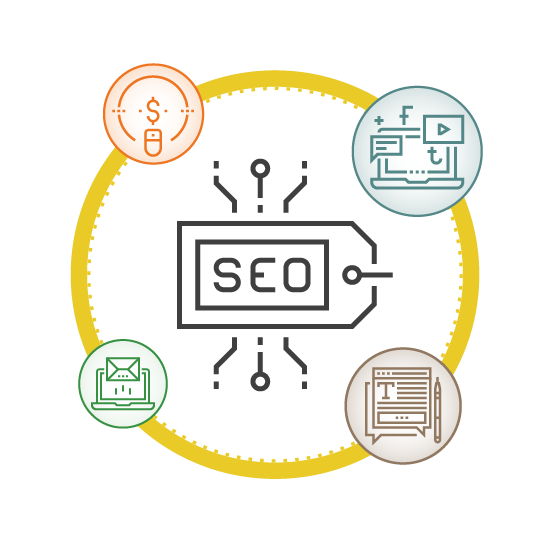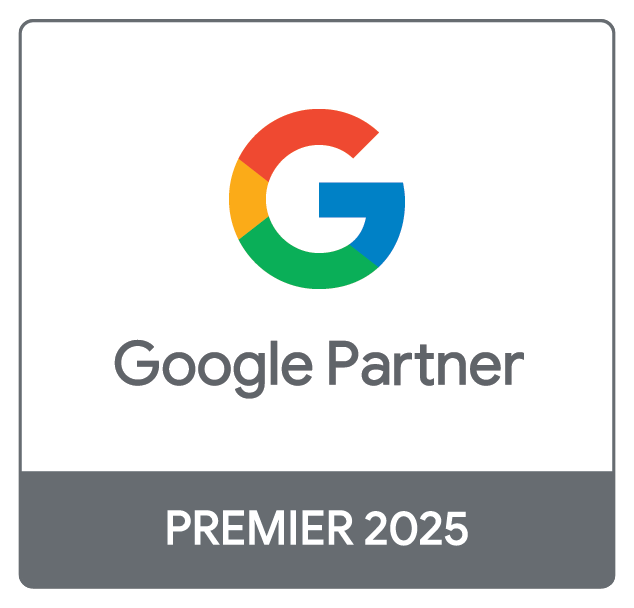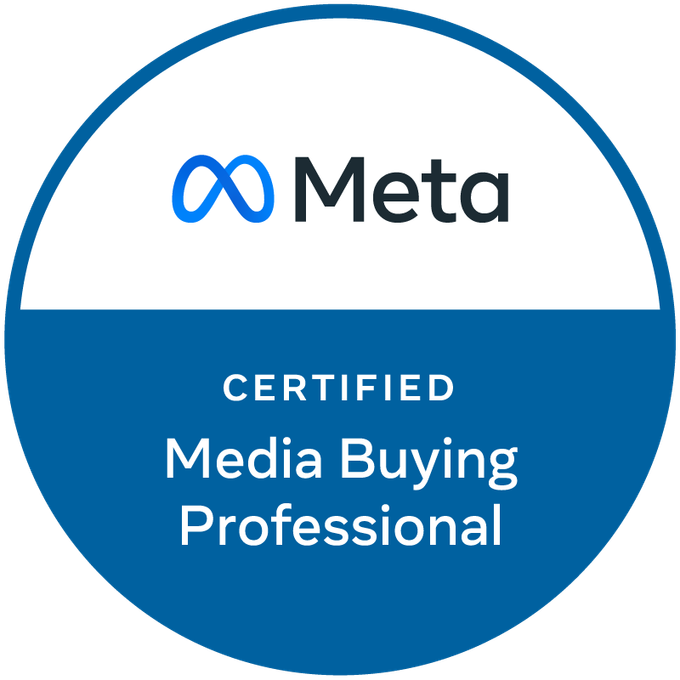To maximize your brand's online presence, integrating SEO with other marketing channels—such as content marketing, social media, email, and paid advertising—ensures a cohesive strategy that drives traffic, engagement, and conversions.
Let’s find out how to bring your digital marketing strategy to new heights and use multiple channels to reach your target audience at different touchpoints.
What is Omnichannel Marketing?
First, we need to break down exactly what Omnichannel Marketing actually is. Customers interact with brands through multiple platforms and often switch between them before making a purchase (some of these include Google searches, social media, email, and paid ads). Omnichannel marketing ensures that no matter where a customer engages with your brand, they receive a consistent and seamless experience.
Unlike traditional marketing strategies where each platform works separately, an omnichannel marketing strategy connects all touchpoints. For example, someone might find your product through a Google search, see a reminder ad on Facebook, and later receive an email with a discount—all working together to encourage an action or purchase.
What is Omnichannel SEO?
Omnichannel SEO is a way to align your search presence with other marketing efforts like PPC, social media, and content marketing. Rather than treating SEO as a separate task, it becomes part of a broader marketing strategy that helps strengthen your brand’s visibility.
SEO and PPC can work together by sharing keyword insights—paid search can help identify high-performing terms that can be targeted in organic content. Similarly, blog posts optimized for search can be repurposed into social media posts, email campaigns, and even video content, giving them more exposure while reinforcing the same message.
When SEO works alongside other marketing channels, businesses see better visibility, stronger engagement, and higher conversions!
Shifting to Omnichannel Marketing
From Separate Strategies to a Connected Approach
In the past, businesses often treated SEO, PPC, and social media as independent efforts—each team focused on its own goals, without considering how they could support one another. This resulted in missed opportunities and inconsistent messaging.
Omnichannel marketing takes a different approach by ensuring all marketing efforts work together. Instead of separate teams running their own campaigns, SEO, paid ads, and social media are aligned to create a more effective strategy. This makes it easier to guide potential customers from discovery to conversion, no matter where they engage with your brand.
Why More Businesses Are Using Omnichannel Marketing
This shift toward integration is a response to how consumer behavior has changed. People expect a consistent experience whether they’re searching online, scrolling through social media, or receiving an email offer. Businesses that connect these experiences see higher engagement and better results.
Another huge advantage is the ability to use data from multiple sources to refine marketing efforts. Instead of looking at SEO, PPC, and social media separately, businesses can analyze insights across all platforms to create smarter campaigns and improve targeting.
Challenges of Omnichannel Marketing
While a connected strategy has clear benefits, it also comes with challenges:
- Keeping messaging consistent: Every channel should reinforce the same brand identity and core message.
- Managing data effectively: Insights from different platforms need to be analyzed together to make informed decisions.
- Getting different teams on the same page: SEO, PPC, content, and social media teams need to work together rather than operate in silos to avoid common pitfalls.
Why Combining Marketing Channels Works Better
Stronger Results with a Connected Approach
When SEO, PPC, social media, and content marketing work together, they create a more impactful message than any one strategy alone. By combining digital marketing efforts, businesses can:
✅ Increase visibility in search results by using both organic rankings and paid ads.
✅ Engage with customers across multiple platforms, reinforcing brand messaging.
✅ Make smarter decisions using shared data, leading to better targeting and campaigns.
For example, a single blog post optimized for SEO can:
→ Rank on Google, driving organic traffic
→ Be repurposed into social media content, increasing visibility
→ Be shared in an email newsletter, bringing in returning visitors
Instead of working separately, these marketing efforts support one another to improve reach and engagement.
A Smoother Path for Customers
When marketing channels are connected, customers can move naturally from one step to the next. For example:
1️⃣ Someone finds your blog through a Google search (SEO)
2️⃣ They see a follow-up ad on Instagram (Paid Social)
3️⃣ They receive an email with an exclusive offer (email marketing)
4️⃣ They visit your website and make a purchase
By connecting these steps, businesses make it easier for potential customers to stay engaged and take action.
Getting the Most Out of Your Budget
An integrated omnichannel marketing strategy prevents wasted effort by making sure all marketing efforts are aligned. Instead of running separate campaigns, businesses can:
🟣 Use SEO insights to guide PPC campaigns
🟣 Take popular social media content and turn it into blog posts
🟣 Ensure email campaigns send traffic to SEO-optimized pages
How to Connect SEO with Other Marketing Channels
SEO & PPC
SEO and PPC work best when used side by side. By combining these efforts, businesses can:
- Use PPC insights to improve SEO strategy—paid ads provide real-time data on high-performing keywords.
- Appear in multiple spots on Google—having both an organic ranking and a paid ad increases visibility and click-through rates.
SEO & Social Media
While social media doesn’t directly impact SEO rankings, it plays a big role in brand awareness and engagement. Combining the two can:
- Increase traffic to SEO-optimized pages when social media posts include links to blog content.
- Encourage backlinks—popular content on social media is more likely to be referenced by other websites.
SEO & Content Marketing
SEO and content marketing go hand in hand. Without SEO, content may not be found, and without content, SEO efforts can fall flat. To make them work together:
- Optimize content for search intent so that blogs, landing pages, and videos attract the right audience.
- Repurpose content across different platforms—a blog post can become a video, a podcast topic, or a LinkedIn article.
SEO & Email Marketing
Email marketing and SEO don’t directly influence each other, but when used together, they help bring more traffic and conversions. Businesses can:
- Send newsletters that highlight recent blog posts, driving traffic back to the website.
- Include keyword-rich CTAs that align with search trends and user intent.
Work with a Marketing Team That Knows Integration
To get the best results, businesses need a strategy that brings SEO, PPC, social media, and content marketing together. A strong digital marketing plan ensures that every channel is aligned and working toward the same goal.
At Zero Gravity Marketing, we specialize in creating connected, omnichannel marketing strategies that maximize results. Looking to improve your SEO, run a more effective PPC campaign, or combine multiple efforts? We’re here to help. Let’s create a strategy that works for your business—contact us today!















